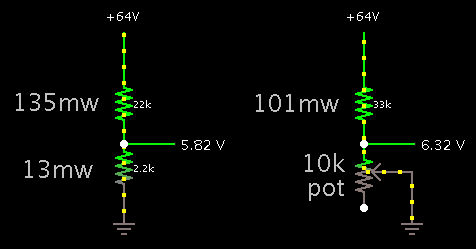biswajitdas49
Member level 3
- Joined
- May 17, 2012
- Messages
- 55
- Helped
- 0
- Reputation
- 0
- Reaction score
- 0
- Trophy points
- 1,286
- Location
- WEST BENGAL,INDIA
- Activity points
- 1,726
HELLO EVERYBODY!!!
I have a four 12v series connected battery. Now I want to make a circuit which is cutoff charger connection when it reach it's set voltage that means upper limit and also cutoff battery output when it reaches it's low voltage value. Now I have a question ,
Can I make this circuit using op amp,if possible then it will be reliable for this purpose?
Because this battery is connected in series,so does I need to calculate the total voltage of the battery for this circuit or simply if I make this circuit for a single battery that means 12v reference, then all four battery is included in it?
What is the best and safe voltage for charging cutoff voltage and discharging cutoff voltage and how to calculate this?
please help me,I am novice in battery charging/discharging field.
thanks!!!
I have a four 12v series connected battery. Now I want to make a circuit which is cutoff charger connection when it reach it's set voltage that means upper limit and also cutoff battery output when it reaches it's low voltage value. Now I have a question ,
Can I make this circuit using op amp,if possible then it will be reliable for this purpose?
Because this battery is connected in series,so does I need to calculate the total voltage of the battery for this circuit or simply if I make this circuit for a single battery that means 12v reference, then all four battery is included in it?
What is the best and safe voltage for charging cutoff voltage and discharging cutoff voltage and how to calculate this?
please help me,I am novice in battery charging/discharging field.
thanks!!!




